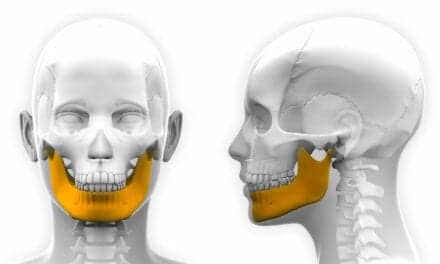A Medical Daily news report examines the benefits of weighted blanket therapy and how it can help alleviate conditions such as insomnia and anxiety.
On the surface, something as simple as a weighted blanket shouldn’t be able to hold its own against extensively researched and designed drugs. Even therapies designed to relieve anxiety or alleviate certain ASD symptoms take many years of study and practice. How, then, could a heavy blanket help these patients out?
The idea of weighted-blanket therapy, also called deep-touch therapy, goes back to a basic human behavior known to calm us — being held. Clinical studies suggest that when certain pressure points on the body are stimulated by touch, the brain releases serotonin. This neurotransmitter is responsible for regulating various brain functions, including sleep and mood.
“Historically, Native Americans and other indigenous tribes from around the world automatically wrapped their babies snuggly in a swaddle or cradle board to ease fussiness,” Tori Boucher, an autism spectrum counselor and author told Medical Daily via email. “Innovative hospitals and birthing centers today continue this practice. Weighted blankets are a clever extension of that idea for individuals who continue to need snug pressure beyond infancy.”
The key to this stimulation is the heaviness of the blanket, which is able to create a deep pressure. Aside from swaddles, this kind of pressure is present in hugs and when we stroke animals.


